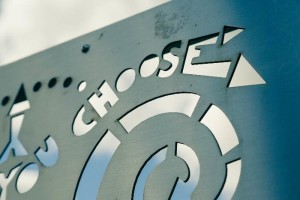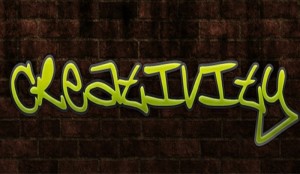 According to Gallup, the percentage of employees who are Engaged, Not Engaged, or Actively Disengaged has hardly changed over the past 16 years. Less than one-third of Americans were Engaged in their jobs from 2000 to 2015.
According to Gallup, the percentage of employees who are Engaged, Not Engaged, or Actively Disengaged has hardly changed over the past 16 years. Less than one-third of Americans were Engaged in their jobs from 2000 to 2015.
Gallup says that employee engagement is important because it is strongly related to business outcomes and a company’s financial success. Their latest report says that 70% of U. S. employees are Not Engaged (and noted that 70% of payroll is going to them!). Engaged employees have 22% more profitability and 25% less turnover than less engaged ones. Engaged employees also have significantly better business results in the areas of productivity, customers ratings, new products and services, new customers, growth, revenue, absenteeism, safety, theft, quality defects, and healthcare costs. Gallup estimated that Active Disengagement costs the U.S. an estimated $450-550 billion a year.
Actively Disengaged Not Engaged Engaged
2016 16 51 33
2015 17 51 32
2014 17 52 31
2013 19 51 30
2012 18 52 30
2011 19 52 29
2010 19 53 28
2009 18 54 28
2008 20 51 29
2007 20 50 30
2006 15 55 30
2005 15 59 26
2004 17 54 29
2003 17 55 28
2002 17 53 30
2001 16 54 30
2000 18 56 26
Average 18 53 29
Why is it that, despite all the interventions recommended and tried over the past 16 years, the engagement numbers have not changed?
The engagement problem persists because engagement is not really the problem, but is the problem symptom. Symptomatic solutions tried over the past 15 years or so may have created an illusion of success and offered some temporary relief, but the problem lives on.
Three actions will increase engagement over the long-term:
1. Reframe the engagement question
2. Approach engagement from the outside-in and the inside-out
3. Don’t try to micromanage engagement
1. Reframe the engagement question.
The question usually posed is: How can people in leadership or management positions motivate subordinates to be engaged? (This question is addressing a symptom.)
Instead, ask: How can people in leadership or management positions create the conditions within which others will motivate themselves and be inspired to engage? This question gets at the problem of why people are not self-motivated or inspired.
2. Approach engagement from the outside-in and the inside out.
Organizations cannot “engage” people. Engagement happens when there is both outside-in and inside-out ownership of responsibility. Outside-in engagement is about organization responsibilities; inside-out engagement is about individual responsibilities. Leaders and managers must understand and do the organization part and every individual (leaders, managers, and individual contributors) must understand and do their (inside-out) part.
The leaders and managers of the organization must codify, communicate, and model their organizations’ capabilities and what their organizations are committed to contributing (outside-in) so that people have something with which to engage, should they be self-motivated or inspired to do so. Individuals also need to know what their capabilities are and what they are committed to contributing. That is, they need to have the self-awareness (inside-out) about what motivates and inspires them so they have a basis on which to choose to engage with what is offered by the organization.
For high engagement to occur, both states together are essential. Focus on just one side (organizational or individual) will not work over the long-term.
3. Don’t try to micromanage engagement.
Gallup defines Engaged Employees this way:
- Involved in, enthusiastic about, and committed to their work
- Contribute to their organization in a positive manner
- They look for new and better ways to achieve outcomes
- 100% psychologically committed to their work
- The only people in their organization who create new customers
- The best colleagues
- Work with passion
- Feel a profound connection to their company
- Cooperate to build an organization, institution, or agency; behind every good thing that happens there
- Drive innovation and move the organization forward
Individuals are idiosyncratic, so these attributes will take different forms in different people. Because every individual is unique in terms of their experiences and ways of stimulating their creativity and bringing it to the world, micromanagement of individual engagement is not practical nor consistent with motivation research.
Decades of motivational research (summarized in Drive, by Daniel Pink) indicates that the three top motivators are inside-out:
- Autonomy: Freedom to express one’s unique brand of creativity
- Mastery: Getting better at something that matters
- Purpose: Doing something that is worthwhile
These motivators are known to work over the long-term, whereas outside-in motivators like luxury (amenities and comfort) act as, what Daniel Coyle calls in The Little Book of Talent, motivational narcotics. They are nice to have, and preferred by many, but will not produce sustainable desired outcomes like high engagement.
Addressing the problems underlying engagement, approaching engagement from both organizational and individual responsibilities, and enabling individuals at all levels of the organization to take on those responsibilities are the actions essential to achieving high and sustainable engagement.













